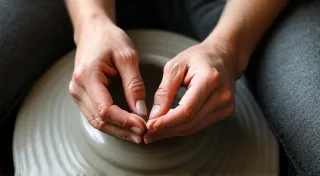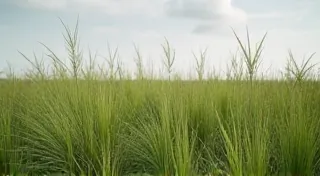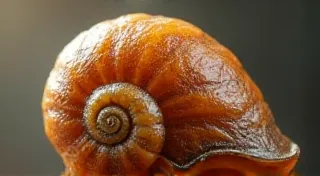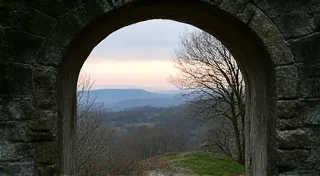Whispers of the Wind: How Natural Forces Shape Instrument Tuning and Timbre
The world of musical instruments is often perceived as a realm of precise engineering and controlled manufacturing. We think of perfect pitch, consistent tone, and predictable response. But what if I told you that the very sound of an instrument, particularly those born from regional traditions, is deeply intertwined with the unpredictable forces of nature? It's a delicate dance, a symbiotic relationship between craft and climate, where the whispers of the wind, the humidity of the air, and the warmth of the sun directly influence the tuning and timbre of these unique voices.
The Accordion's Lament: A Case Study in Environmental Sensitivity
My grandfather, a Polish immigrant, played an accordion. It wasn't a flashy, modern model, but a sturdy, boxy instrument likely crafted in Germany sometime in the early 20th century. I remember the scent of it – a mixture of aged wood, leather, and a faint, indefinable sweetness. The sound, however, was what truly captivated me. It wasn’t always “perfect.” Sometimes, the reeds would warble slightly, especially on damp days. My grandfather would chuckle, calling it “the accordion’s lament,” a complaint about the weather. He’s long gone now, but the instrument remains, a tangible link to his memory and a poignant reminder of this environmental sensitivity.
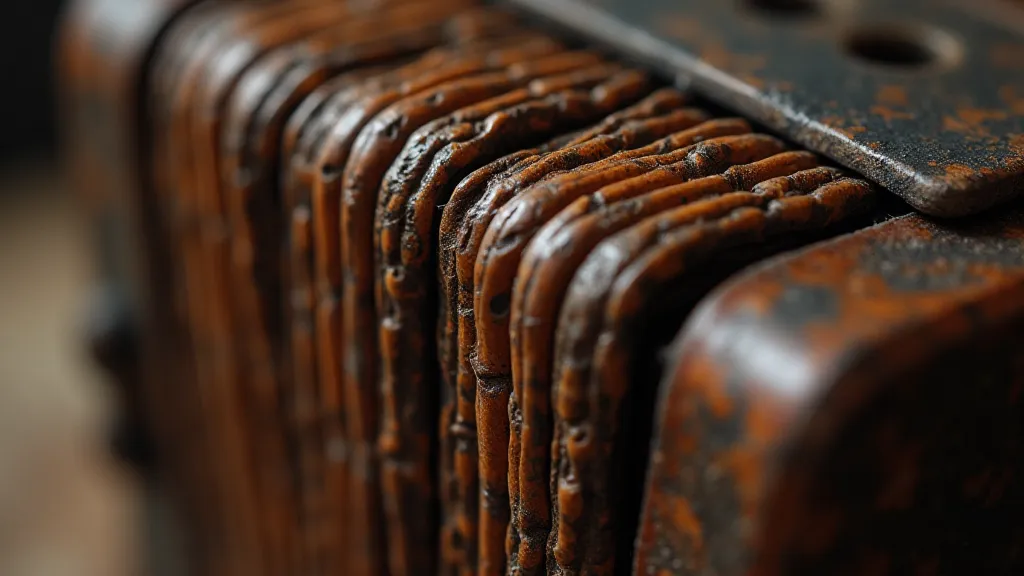
The accordion, as a complex pneumatic instrument, is particularly susceptible to environmental shifts. The reeds themselves, typically made of steel or brass, expand and contract with temperature changes, subtly altering their vibrating length and therefore, their pitch. The bellows, constructed from leather and often meticulously hand-stitched, are profoundly affected by humidity. Dry air causes them to stiffen, diminishing responsiveness and affecting the ease of playing. Conversely, high humidity can cause the leather to swell, leading to a sluggish action and a muffled tone. Even the wood of the cabinet, often spruce or maple, reacts to fluctuations, warping slightly and influencing the instrument’s overall resonance.
Think about the master accordion makers of Germany, Austria, and Italy – regions steeped in musical heritage. They weren't just crafting instruments; they were creating entities that lived and breathed alongside their owners, attuned to the local climate. The design choices, the types of wood selected, the methods of sealing the bellows – all were informed by a deep understanding of how these instruments would interact with the prevailing conditions.
Beyond the Accordion: A Global Perspective
The accordion’s sensitivity is just one example. Across cultures and continents, traditional musical instruments are similarly shaped by their environment. Consider the sitar, a cornerstone of Indian classical music. The wood of the neck, often teak or rosewood, expands and contracts with changes in monsoon seasons, subtly affecting the intonation and sustain. Skilled sitar players learn to compensate for these shifts, a testament to the intricate relationship between musician, instrument, and climate.
In the Andes, the quena, a notched flute traditionally made from bamboo, undergoes dramatic changes with the dry, high-altitude environment. The bamboo’s porosity allows it to absorb and release moisture, constantly altering its internal resonance. The instrument’s sound is as much a product of the environment as it is of the flute maker’s skill.
Even seemingly less delicate instruments are affected. The tuning of a stringed instrument, be it a banjo, a kora, or a shamisen, can be influenced by the hygroscopic properties of the wood. While luthiers take measures to mitigate these changes – such as using varnishes and controlled drying processes – the underlying vulnerability remains. It’s a constant battle against the entropy of nature.
The Collector's Eye & The Restorer's Dilemma
For collectors of vintage instruments, understanding this environmental dance is paramount. An accordion acquired from a dry, arid climate might behave differently when brought to a humid coastal region. Knowing the instrument’s history – where it’s been, what conditions it’s endured – provides invaluable clues to its current state and potential challenges.
Restorers face an even more complex challenge. Simply applying a new varnish or replacing a few reeds isn’t enough. They need to consider the instrument’s entire history, the materials it’s composed of, and the environment it’s been exposed to. Often, the best restoration isn't about achieving perfect, factory-fresh condition, but rather about preserving the instrument’s character, its story, its connection to the place and time of its creation.
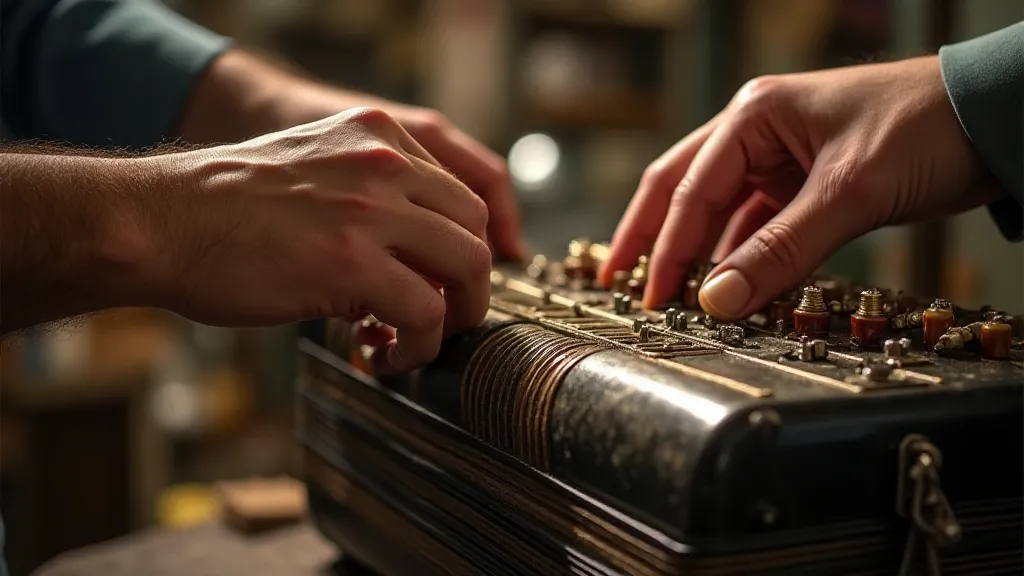
Sometimes, “repairing” an instrument involves mimicking the aging process, replicating the effects of years of exposure to sunlight and humidity. It’s a delicate act of deception, but one that aims to honor the instrument’s authenticity.
The Enduring Legacy of Regional Instruments
The influence of natural forces on musical instruments isn't a flaw to be eradicated. It's a defining characteristic, a testament to the enduring connection between humanity and the environment. These instruments are more than just machines; they are living artifacts, imbued with the spirit of the places they came from.
When we listen to a traditional instrument – be it an accordion, a sitar, or a quena – we’re not just hearing notes and melodies. We’re hearing the whispers of the wind, the sighs of the humidity, the echoes of generations past. We’re hearing the story of a delicate dance between instrument and environment, a dance that continues to shape the sound of our world.
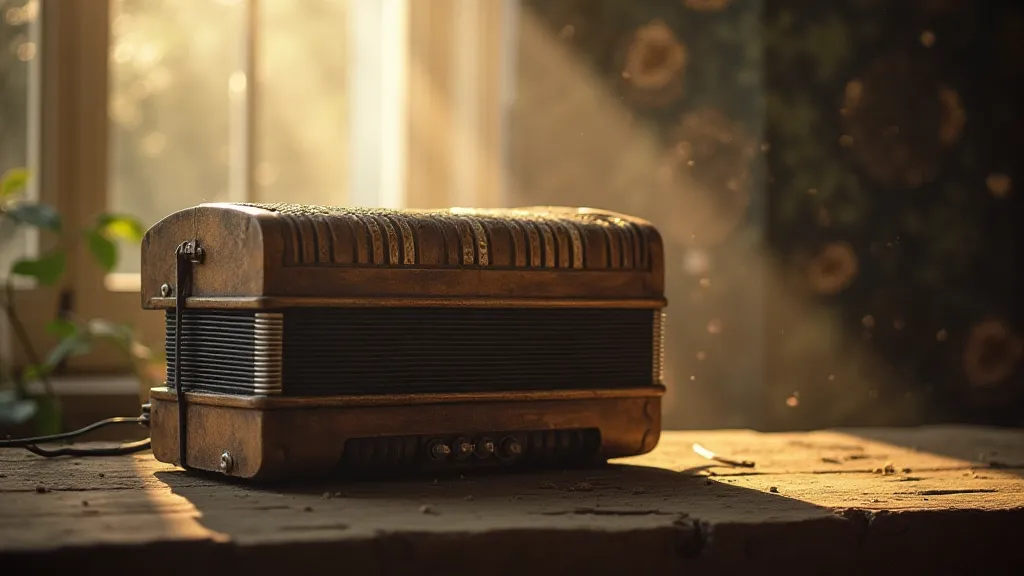
The preservation of regional instruments isn’t just about preserving the instruments themselves. It's about preserving the knowledge, the skills, and the cultural heritage that brought them into existence. It’s about recognizing that the true beauty of these instruments lies not in their perfection, but in their imperfection – in the way they reflect the ever-changing rhythms of the natural world.
